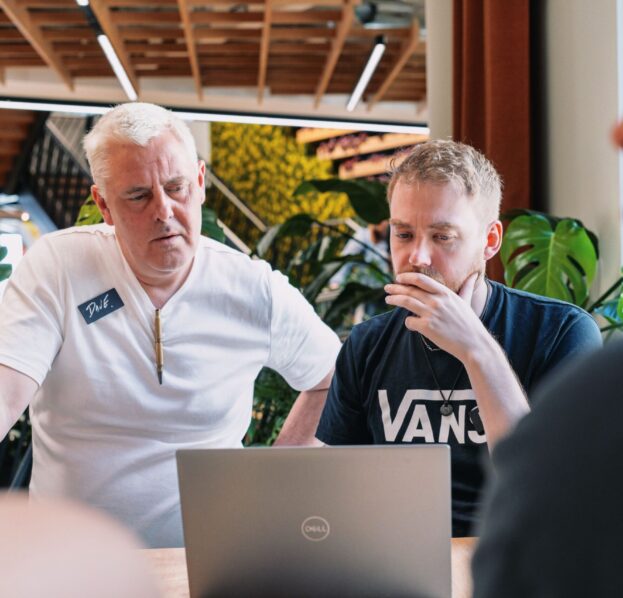Blog
24/03/2025

Much of the older auditing technology still used by many firms was built in the 1990s. Although great for its time, this kind of software is simply not able to keep up with the demands of today’s audit requirements.
Too much has changed since then – including a much more complex regulatory environment and significantly higher client expectations – to count on decades-old software to shoulder the modern auditing load.
Much of this legacy software is still in place simply because there have been so few alternatives coming into the market, according to Inflo CEO Mark Edmondson.
“It hasn’t been a case of people not wanting to change. There just haven’t been any reasonable alternatives that would allow us to be able to progress our audit techniques forward,” Edmondson said during a recent webinar, How to Evaluate New Audit Technologies: A Practical Approach, hosted by Boomer Consulting.
Fortunately, this reality is changing, thanks to the emergence of exciting new technologies built on data analytics, cloud infrastructure, seamless client collaboration, and improved quality management. Many auditors are starting to make the move.
“The reason why so many firms are looking to change is because we’ve gone from a market state where there really wasn’t any better option to now, where there are new options, new ideas, and new companies providing these kinds of capabilities,” Edmondson said.
For auditors who are just starting their journey toward adopting these modern solutions, it’s important to know where to begin. The correct approach, Edmondson pointed out, may surprise many firms.
“All too often, the process begins with conversations with vendors and quickly gets into what the technology can do,” he said. “The average lifecycle of an audit platform, however, is measured in decades. So you want to make sure you’re following a process that gives you complete confidence in the decision you’re making.”
The initial emphasis should therefore be on gathering requirements and critically thinking about such factors as:
The experiences of other webinar panelists validated the wisdom of taking this requirements-first approach. Both Don Logan, CIO at Grassi, and Dan Morrill, Principal at Wolf & Co., have played critical roles in their firms’ recent technology transformations.
“There are a lot of prerequisites that need to happen before you even get to the point (of technology evaluation),” said Logan. “You have to get everybody on the same page within your firm. And you have to have an open mind coming into this, and align yourselves with people who are also open-minded.”
In doing so, he added, it’s important to remember that “everybody’s approach is a little different, everybody’s perspectives are different, and you have to make sure you get all those aligned.”
Morrill had a similar experience in the requirements-gathering process.
“We had to bring the right team members to the table. We had leaders from our tax team, risk management, consulting and advising. We had internal leaders on our information security side, strategic management, and project management. We needed all those insights for us to even begin the process.”
Having such a diverse set of perspectives helped Wolf and Co. identify the key considerations they needed to be aware of as they embarked on the transformation path.
“We were able to ask ourselves, where are we currently from a technology future state perspective? What types of research do we want to do? All that stuff went into our project plan before we even talked to a vendor.”
The panelists also discussed many other topics during the webinar, including:
Watch the full webinar
Join firms worldwide in embracing the future of auditing with Inflo. Work smarter, deliver better audits, and exceed expectations.
Book a demoBook a demo today and discover how Inflo can transform your audit practice.